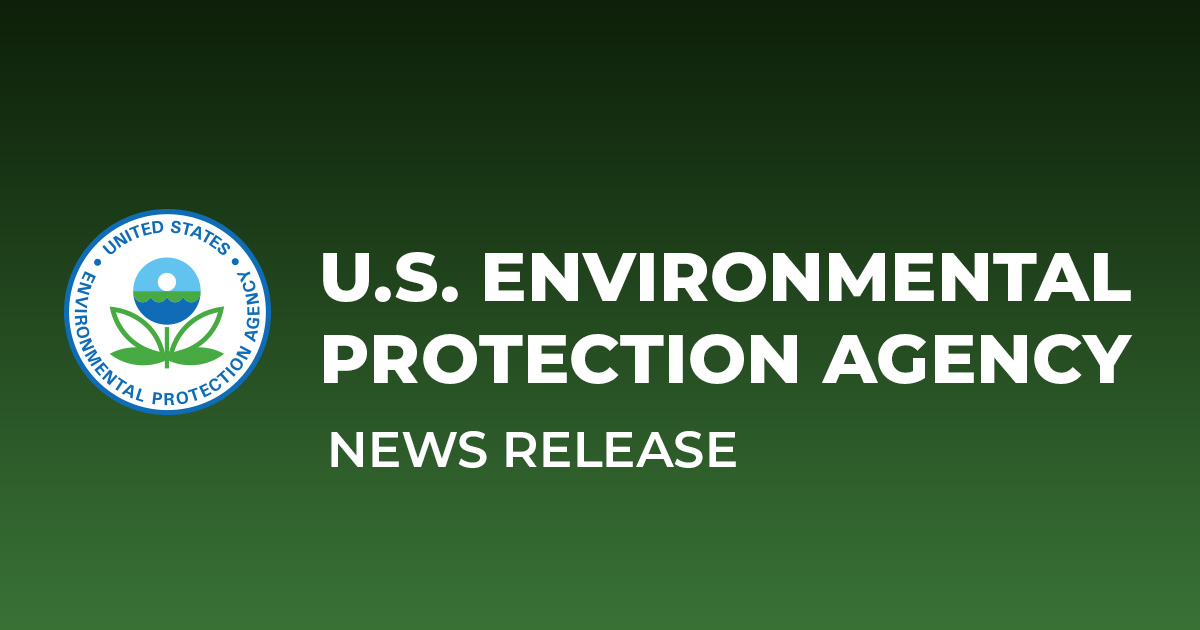New guidance advances the Biden-Harris administration’s lead pipe and paint action plan and details $15 billion investment from bipartisan infrastructure bill
August 4, 2022
WASHINGTON (4 Aug 2022) – Today, the US Environmental Protection Agency is releasing a guide that will help communities and water companies identify lead pipes that connect drinking water supplies to homes and other buildings. This action marks a major milestone in the implementation of the Biden-Harris administration’s lead pipe and paint action plan. This guidance, combined with unprecedented funding from the bipartisan Infrastructure Act, will help water utilities meet the requirements of the December 2021 lead and copper rule changes and make rapid progress in removing harmful lead from America’s drinking water.
“There is no safe level of lead exposure and it is important that we accelerate progress in locating lead pipes that deliver potable water to where people live, work and play,” said EPA Assistant Administrator for Water Radhika Fox. “Under the leadership of President Biden, the EPA is committed to working with states, tribes and water companies to get the most out of our drinking water. We are using every tool available, including providing this important guidance, strengthening the lead and copper rule, and investing $15 billion through the bipartisan infrastructure bill to remove lead piping.”
Specifically, the EPA’s new guidance for developing and maintaining a service line inventory:
- Provides best practices for inventory development and risk communication.
- Includes case studies on inventory development, review, and communication.
- Includes a water system, state, and tribe template that you can use or customize to create your own inventory.
- Emphasizes the importance of prioritizing stock development in disadvantaged communities and where children live and play.
Under the revisions to the Lead and Copper Rules, water systems must establish and maintain an inventory of service line materials by October 16, 2024. EPA’s new guidance will assist water systems in the development and maintenance of utility line inventories, support notifications to consumers serviced by lead piping, and provide states with the information needed for oversight and reporting to EPA.
These guidelines will also facilitate a $15 billion investment to fund the bipartisan infrastructure bill (BIL) dedicated to replacing lead service lines. BIL funding may be used for lead service line replacement projects and related activities directly related to the identification, planning, design and replacement of lead service lines, including the development of service inventories – Lines itself.
EPA will continue to increase efforts to protect communities from lead in drinking water. These guidelines, along with regulatory improvements, infrastructure investments and other measures, are important steps toward the goal of replacing 100% of leading service lines.
Learn about safe drinking water, EPA’s new guidance (including an upcoming webinar), and efforts to strengthen the lead and copper rule, and EPA’s investments in water infrastructure through the bipartisan Infrastructure Act.



Comments are closed.